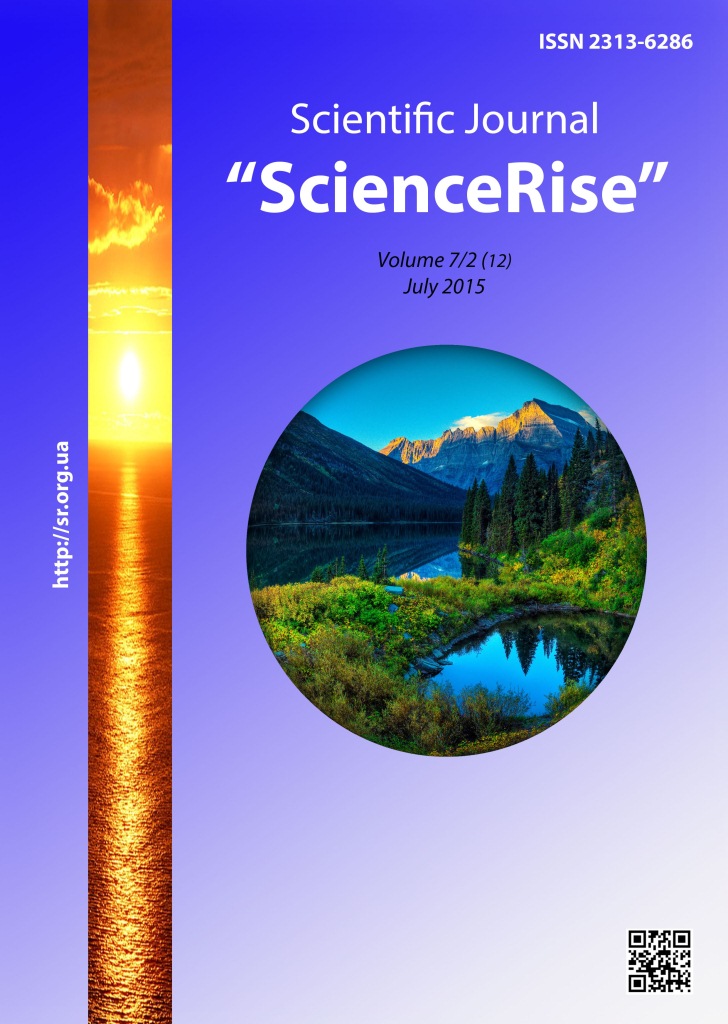Using software controlled firing mechanism to study the elastic properties of materials
DOI:
https://doi.org/10.15587/2313-8416.2015.46216Keywords:
mechanical systems, software mach3, drums, firing vibrations, stepper motors, program control, audio signalAbstract
The program control device of mechanical movement that allows strikes on the surface generating audio signal was described. The sound signals generated by different surfaces were studied, their analysis and comparison was made. The usage of control device for study of audio signals of different origin was shown
References
RFDA basic. Available at: http://www.imce.eu/rfda-mf-basic
Standard Test Method for Dynamic Young's Modulus, Shear Modulus, and Poisson's Ratio by Impulse Excitation of Vibration. Available at: http://www.astm.org/Standards/E1876.htm
Radovic, M., Lara-Curzio, E., Riester, L. (2003). Comparison of different experimental techniques for determination of elastic properties of solids. Materials Science and Engineering, 28 (12), 56–57.
Buzz-o-sonic use the Impulse Excitation Technique. Available at: http://www.buzzmac.com/impulse-excitation.html
Stepper motor 23HS8430. Available at: http://cnc.prom.ua/p4348106-dvigatel-shagovyj-30a.html
Driver stepper motor TB6560 V2. Available at: http://www.e-voron.dp.ua/files/pdf/Cnc/TB6560DRV2_ru.pdf
Switching Power Supply 350W. Available at: http://www.interinar.com/public_docs/S-350-24.pdf
Downloads
Published
Issue
Section
License
Copyright (c) 2015 Василь Михайлович Дюрик, Іван Іванович Небола, Олександр Михайлович Дюрик, Марія Олексіївна Дюрик

This work is licensed under a Creative Commons Attribution 4.0 International License.
Our journal abides by the Creative Commons CC BY copyright rights and permissions for open access journals.
Authors, who are published in this journal, agree to the following conditions:
1. The authors reserve the right to authorship of the work and pass the first publication right of this work to the journal under the terms of a Creative Commons CC BY, which allows others to freely distribute the published research with the obligatory reference to the authors of the original work and the first publication of the work in this journal.
2. The authors have the right to conclude separate supplement agreements that relate to non-exclusive work distribution in the form in which it has been published by the journal (for example, to upload the work to the online storage of the journal or publish it as part of a monograph), provided that the reference to the first publication of the work in this journal is included.

